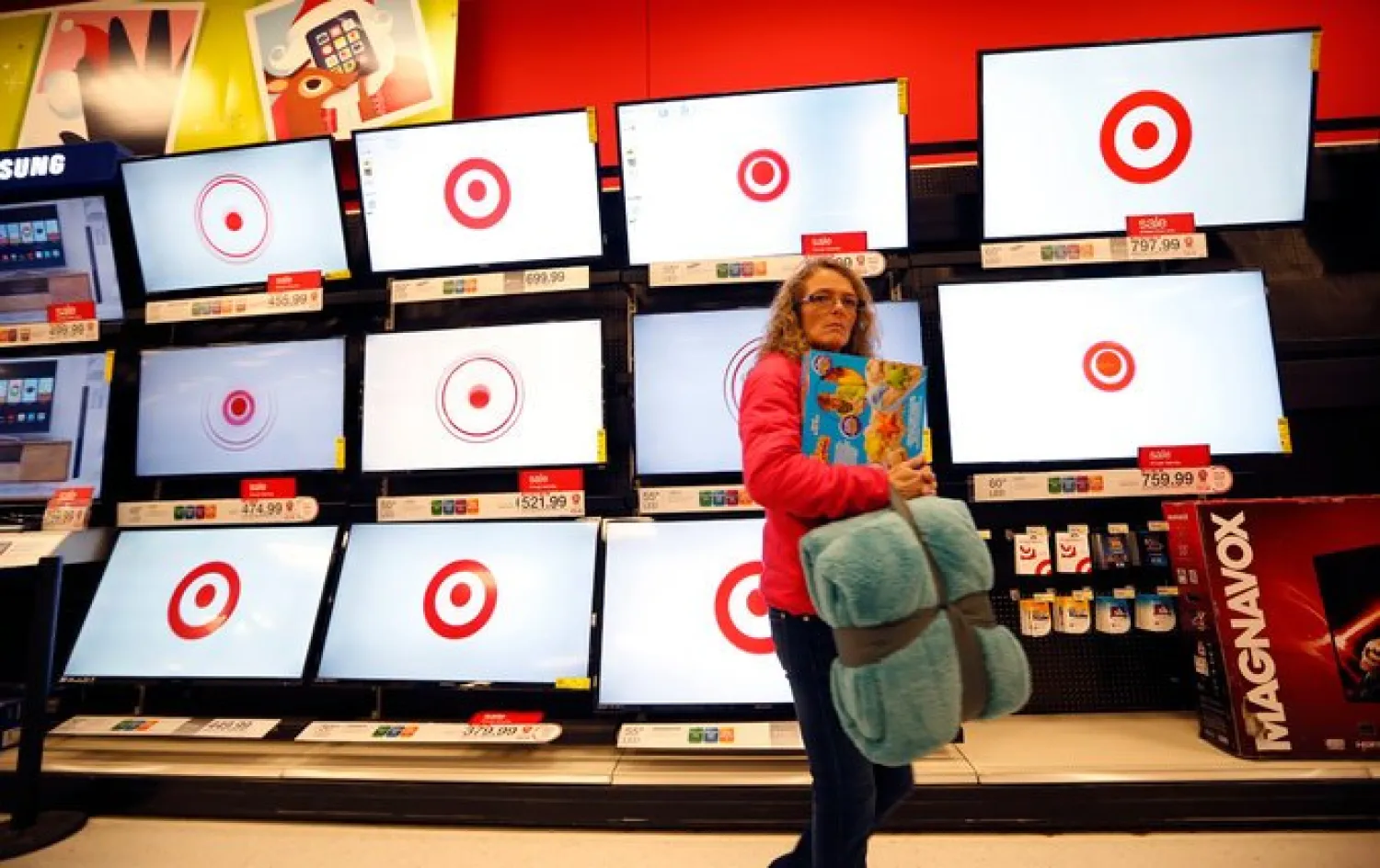You know how it is: Every Black Friday, you are bombarded with lousy shopping deals that do not offer as much of a discount on an item as you think. But there is a bright spot: If you are shopping for a television, it really is the best time to buy one.
To stoke sales, electronics manufacturers typically slash prices of popular TV sets during Black Friday to the lowest all year. This week, you will be able to buy high-quality televisions for $500 to $1,500 after discounts of 15 percent to 30 percent. That’s a deal considering that typically, many TVs in the $500 range are just O.K. and high-end sets cost upward of $2,000.
But as always, there will be duds to watch out for. Many TV brands take this opportunity to sell sets with exaggerated features that have subpar picture quality. And inside stores, TVs often look different from the way they would at home, because you probably don’t have gigantic lights in your ceilings like the showrooms at Best Buy.
“A lot of Black Friday marketing is designed to get the consumer interested in something, sometimes with not a lot of facts but a gut feeling of ‘I need to buy this,’ ” said Raymond Soneira, president of DisplayMate, a consulting firm that studies TV and smartphone screens.
So we did some research ahead of time. To help you scout for great TV deals, I interviewed experts on TV technologies and teamed up with Wirecutter, a New York Times company that reviews products. Here is our guide to picking out a TV you will be happy with this Black Friday, advice that may also come in handy if you are shopping for TVs over the rest of the holiday season.
Viewing Conditions
To narrow down your search, the first rule of thumb is to assess the ambient light in your living room.
If your living room gets lots of sunlight, you will want a very bright TV with vivid colors that can overcome some of that ambient light that washes out your TV, Mr. Soneira said. In this situation, you would probably go for an LCD TV, which can produce very bright and sharp images.
If your living room has lower ambient light or if you have a dark theater room, go for a TV with more lifelike colors. In this case, you could go for televisions with so-called OLED screens, which can be made thinner and lighter with more accurate colors and contrast. In general, OLED TVs look better than LCD sets, but OLED TVs are not as bright, so their colors and shadow details can be washed out by bright sunlight.
And then there is content to consider. If you watch a lot of movies, you would benefit from an OLED television to get a picture that more closely resembles what the director intended you to see. But if you mostly watch sports or broadcast television, a good LCD television would be sufficient to get a clear, bright picture of the ballgame or your local news coverage.
In the end, your budget may drive your decision. Good LCD televisions cost as little as $500. A nice OLED television tends to cost $2,000 and up.
A Few Important Features
After you have decided on a type of TV, there are two important features to look for: local dimming and high dynamic range, said Chris Heinonen, a writer and TV tester for Wirecutter.
Local dimming is a technology that uses a backlight embedded inside the TV to make bright parts of the screen look brighter without washing out shadow detail. It also helps improve contrast and produce a more vibrant image.
High dynamic range, or HDR, is a software feature that enhances the contrast and color profile of a picture. In bright colors, you will see brighter highlights; in dark colors, you will see more details.
Most television sets today come with 4K high-definition resolution, also known as ultrahigh definition. But 4K videos won’t look very good if the TV lacks local dimming. In addition, the expanded color gamut from high dynamic range makes a big difference when watching videos in 4K, Mr. Heinonen said.
Buyer, Beware
Here’s the tricky part: On Black Friday, many companies exaggerate the features on their TV sets to make them look more attractive. Here are some things to look out for.
■ Fake contrast ratio numbers. Contrast ratio is the difference between a TV’s peak brightness and lowest darkness. All you need to know is that a high contrast ratio helps make a picture look good. Manufacturers enjoy pumping up the contrast ratio of their TVs by listing results in unrealistic test settings, Mr. Heinonen said.
■ Unknown TV models. On Black Friday, TV brands also enjoy releasing obscure television sets with model names that are similar to popular sets but with inferior features. “They all do it,” Mr. Heinonen said.
For example, Samsung could hypothetically sell a TV set called MU8020, which sounds similar to the Samsung MU8000, a well-reviewed television. But the unknown TV might lack important features like local dimming.
■ Misleading display technologies. TV makers use confusing terms that may mislead you. LED televisions, for example, sound similar to fancy OLED televisions — but they are just LCD televisions with an LED backlight, Mr. Soneira said. In addition, companies advertise TVs with high dynamic range, but some sets are not even powerful enough to display HDR properly, Mr. Heinonen said.
The New York Times









